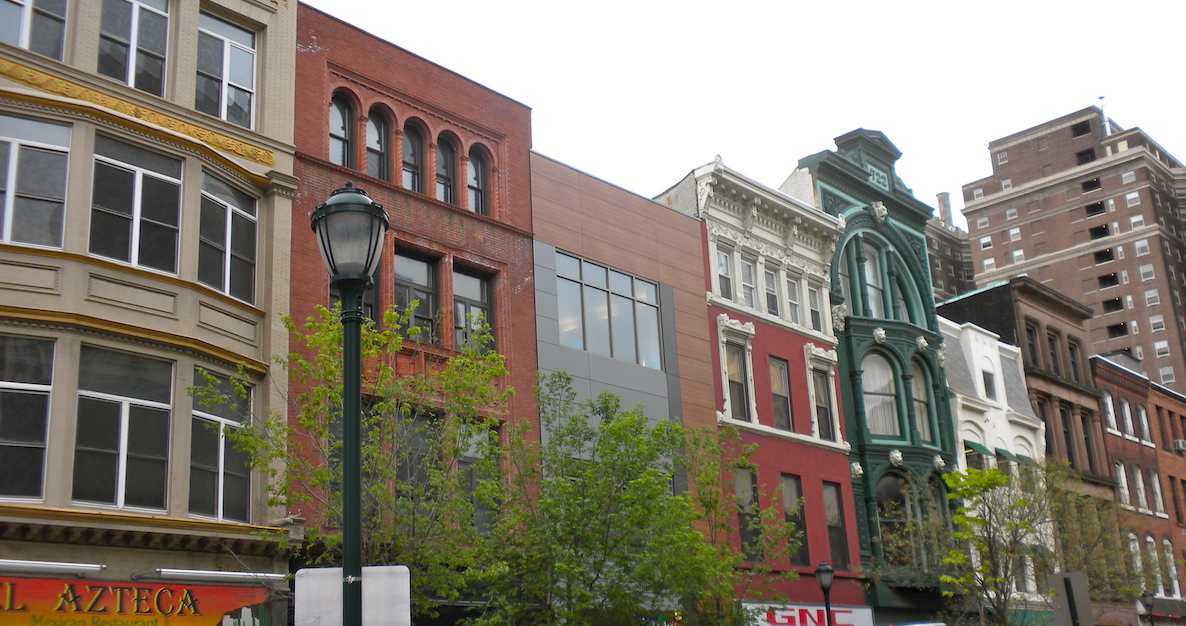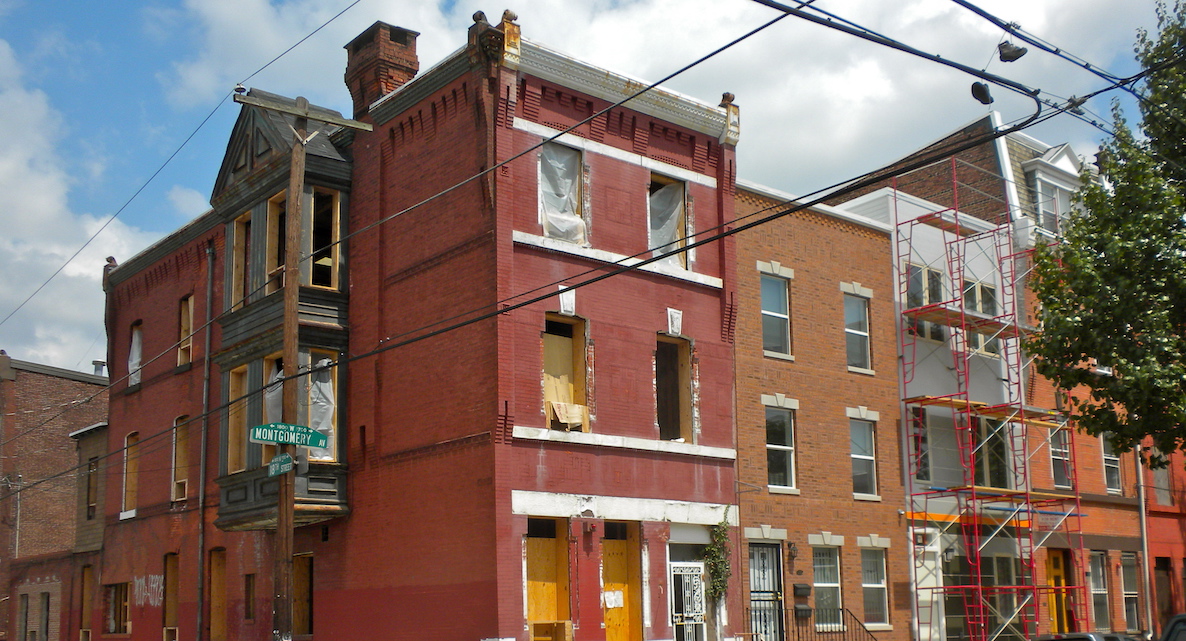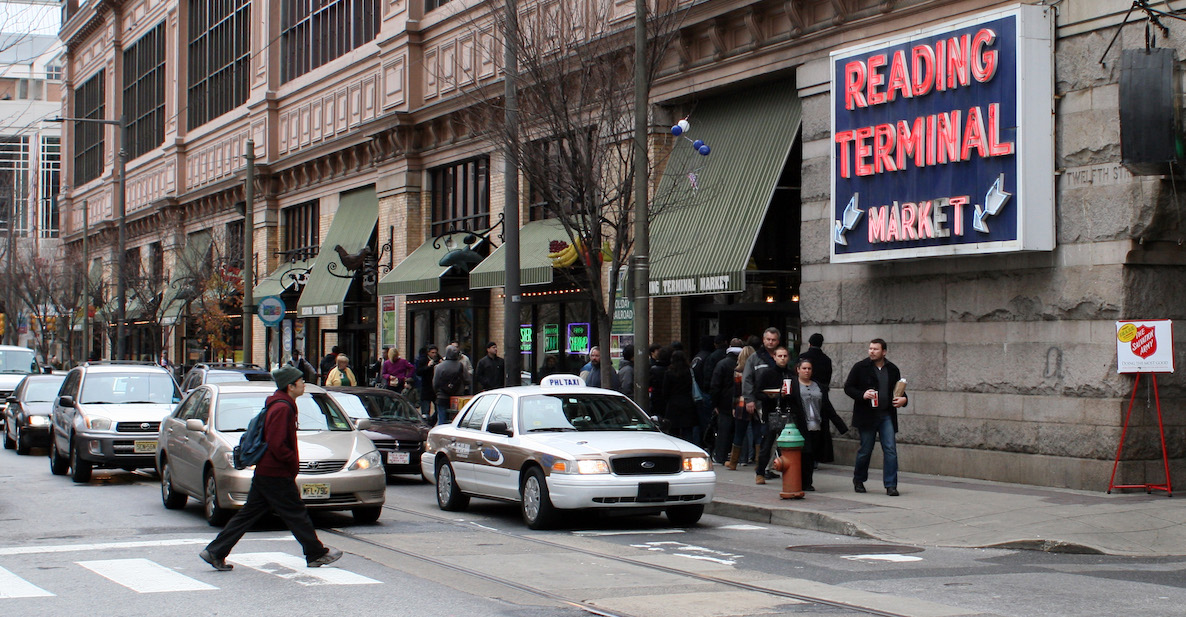Over the past several months, I have been working with a disparate group of colleagues on two signature studies. Julie Wagner, Tom Osha and I have been writing an update to the 2014 report, “The Rise of Innovation Districts,” in collaboration with the new Global Institute on Innovation Districts. At the same time, Karen Black, Luise Noring and I have been preparing an analysis of Cincinnati’s Center City Development Corporation (3CDC), in collaboration with Drexel’s Lindy Institute for Urban Innovation and Accelerator for America. Both reports are near completion and will be released in June.
The two reports obviously cover related topics—the renewed economic function of the cores of cities, the essential role of place making and vibrant public spaces, the potential for new financing instruments and mechanisms, and the imperative of shared prosperity given the intense juxtaposition of urban wealth and poverty, growing concerns with gentrification and the close physical proximity between anchor institutions and economically disadvantaged communities.
Both studies share another common area of focus: governance.
As urbanization has emerged as the unifying dynamic of the global economy, enormous attention has been paid to identifying innovative policies and practices, particularly designed and delivered by local governments, that can travel across the world. This is the “what” of urbanism. My colleagues and I fully respect this focus and, not surprisingly, it is a key part of our research.
In most U.S. cities, the public sector has more than enough on its hands and is already exceedingly fragmented.
As the evolution of cities continues, however, we believe equal attention must be paid to the “how” of urbanism: the development of modern entities that have governance structures and innovative mixes of public, private and civic capital, ownership and responsibilities that enable them to get stuff done. This insight builds upon earlier research that Luise Noring and I were conducting around public asset corporations in Copenhagen and Hamburg and which Jeremy Nowak and I highlighted in The New Localism.
Read The New LocalismDo Something
Governance, in short, matters. Institutions like 3CDC (or the entities governing Innovation Quarter in Winston Salem, North Carolina or the Cortex Innovation Community in Saint Louis) provide a solid platform and foundation for inclusive, sustainable and innovative cities. Smartly structured, they can enable true collaboration across disparate stakeholders (e.g., governments, corporations, universities, hospitals, philanthropies and key community organizations) that share a common geography but rarely act in unison. Appropriately empowered, they can leverage and deploy public, private and civic capital at scale in sustained ways; in other words, “be the gift that keeps on giving.” Carefully staffed, they can deliver policies and practices in ways that are creative, efficient, effective and community sensitive and enhancing.
Articles by Bruce KatzRead More
These networked governed entities are new kinds of institutional animals. They are unlike the public authorities that have become the norm in U.S. cities and now govern separate parts of the urban landscape—ports, airports, conventional centers, stadia, redevelopment areas, etc. They are clearly not private, for-profit corporations, organized exclusively to maximize commercial activity and private gain.
These new entities are “in-between” organizations that reflect the networked nature of cities. They fit along a broad continuum between the public, private and civic spheres, enabling new financing mechanisms and execution capacities.
An Urban Age could prompt a new wave of urban institutions, capable of tackling the hard challenges and intriguing opportunities of our times
And they are primed for growth. In most U.S. cities, the public sector has more than enough on its hands and is already exceedingly fragmented. The private, civic and university sectors, by contrast, have capital and expertise to unlock and deploy but are likely to only do so when they can “drive the bus,” particularly in areas of the city where they are the dominant land owners and asset holders. The formation of new, well-capitalized entities offers an opportunity for anchor institutions to work harder for the cities where they are anchored. To accelerate adaptation of proven institutional models, several things need to happen.
From The Rise of Innovation Districts reportRead Even More
First, we need to populate the field with multiple case studies, within the United States and beyond. This will give interested cities and stakeholders a universe of examples from which they can extract and apply organizational features to reflect their distinctive culture, leadership organizations and economic and social conditions of their communities.
Second, these new forms of institutional formation must become an area for serious study. Our advanced universities are replete with specialized schools and disciplines that focus either on public administration or corporate governance. The focus on new forms of networked governance is not as prevalent or well structured; it is more the domain of for-profit consultancies which tend, not surprisingly, to keep their discoveries to themselves for competitive advantage. We need a new framework, set of methodologies and even language to capture institutions that reside in interstitial space.
Finally, we need to grow a class of practitioners who can run these entities. The capabilities and competencies of the individuals selected to run these corporations must fit the multi-layered nature of the task. Real estate and finance experience are a must. An understanding of place making is key. Knowing how to leverage innovation and enable inclusion are essential. Political skills are also necessary, given the engagement of multiple constituencies that are at the heart of urban redevelopment. Capable individuals are out there, but they must be groomed, cultivated and mentored.
An Urban Age could prompt a new wave of urban institutions, capable of tackling the hard challenges and intriguing opportunities of our times. My colleagues and I hope these new studies accelerate and amplify this positive dynamic.
Bruce Katz is the director of the new Nowak Metro Finance Lab at Drexel University, created to help cities design new institutions and mechanisms that harness public, private and civic capital for transformative investment.
Photo by Fernando García Redondo via Flickr







